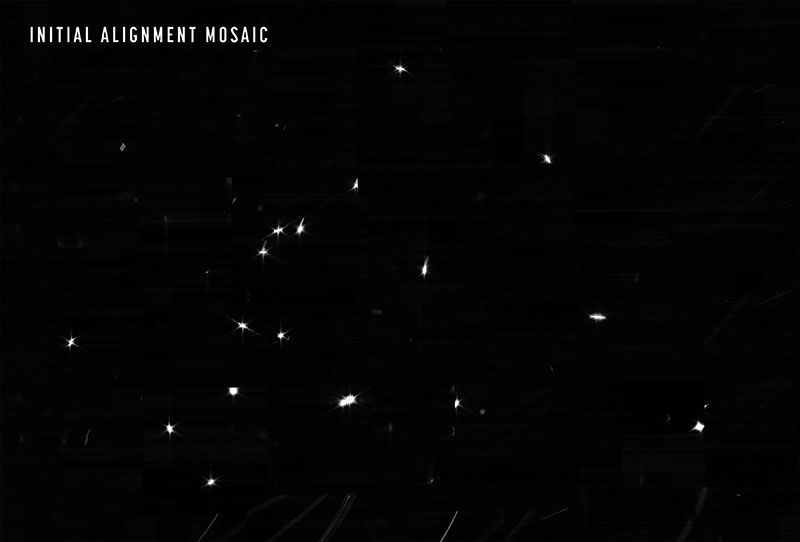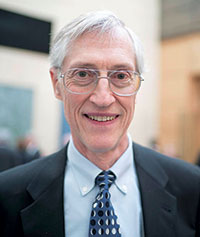James Webb Space Telescope: Looking to the Past for the Future
Spring
2022
Special Feature
James Webb Space Telescope: Looking to the Past for the Future
Mikayla Cleaver, SPS Programs Coordinator
 How can looking to the past improve our future? The James Webb Space Telescope (JWST) is officially on the mission! JWST is a space-based infrared telescope on the lookout for some of the oldest and faintest objects in the universe—early galaxies, stellar nurseries, and more. After 30 years of development, JWST was launched December 25, 2021. The primary mirror fully deployed on January 8, 2022, and the telescope went into orbit around the sun on January 24, 2022. The telescope should be ready for science research around June 2022, six months after deployment.
How can looking to the past improve our future? The James Webb Space Telescope (JWST) is officially on the mission! JWST is a space-based infrared telescope on the lookout for some of the oldest and faintest objects in the universe—early galaxies, stellar nurseries, and more. After 30 years of development, JWST was launched December 25, 2021. The primary mirror fully deployed on January 8, 2022, and the telescope went into orbit around the sun on January 24, 2022. The telescope should be ready for science research around June 2022, six months after deployment.
The JWST will begin looking into the past by observing galaxies, star formation, and exoplanets as early as 100 million years after the big bang. Studying these early structures in the universe will give scientists insight into how life-sustaining elements, such as carbon and silicon, were formed. The telescope operates within the infrared light range to gather information—a difference from Hubble, which operated within the visible range. An advantage of this will be that the JWST can look through the interstellar medium to peer into stellar nurseries, better improving our understanding of the life cycle of stars.
The telescope is also searching for the first luminous objects after the big bang, studying galaxy evolution, and investigating the potential for life in other solar systems. The JWST is not exclusively for NASA use—any scientist can apply to perform research using the new telescope. For the first three cycles of observation, 16 percent of the observation time will be allotted to scientists outside of NASA. From the first round of proposals, 266 applicants were selected to use the new telescope to study things ranging from asteroids within our solar system to galaxy formation. The James Webb Space Telescope will open many doors in astronomy, exponentially expanding our understanding about galaxy formation, the life cycles of stars, and the other mysteries of the universe. //
 I’m thrilled that our golden eye in space has survived all challenges so far, including the vibrations and noise of a rocket launch, and now the vacuum of outer space. I’m completely in awe of our project team—10,000 people who made this happen, and made it look easy when it isn’t.
I’m thrilled that our golden eye in space has survived all challenges so far, including the vibrations and noise of a rocket launch, and now the vacuum of outer space. I’m completely in awe of our project team—10,000 people who made this happen, and made it look easy when it isn’t.
We’re well along with commissioning the observatory. We’ve taken our first images of a bright star, and we’re beginning to focus the 18 hexagons to function as one giant hexagon. We have every reason to think that we’ll be able to see everything that happened, from the birth of the first galaxies and black holes to grow after the big bang, to the first exploding stars, to stars and planets being born near us in glowing clouds of gas and dust, to exoplanets transiting in front of their host stars, to all the planets, satellites, asteroids, and comets from Mars on out.
Look for new science around the summer solstice!
- John Mather, Physics Nobel Laureate, Senior Astrophysicist at NASA Goddard Space Flight Center, and friend of SPS
For more information, check out these sources:
“In Depth: James Webb Space Telescope,” Solar System Exploration, NASA Science, January 24, 2022, solarsystem.nasa.gov/missions/james-webb-space-telescope/in-depth/.
“Early Universe,” Webb Space Telescope, webbtelescope.org/webb-science/early-universe.
Martin Barstow, “James Webb Telescope: How It Could Uncover Some of the Universe's Best-Kept Secrets,” January 2, 2022, space.com/jwst-universe-best-kept-secrets.
